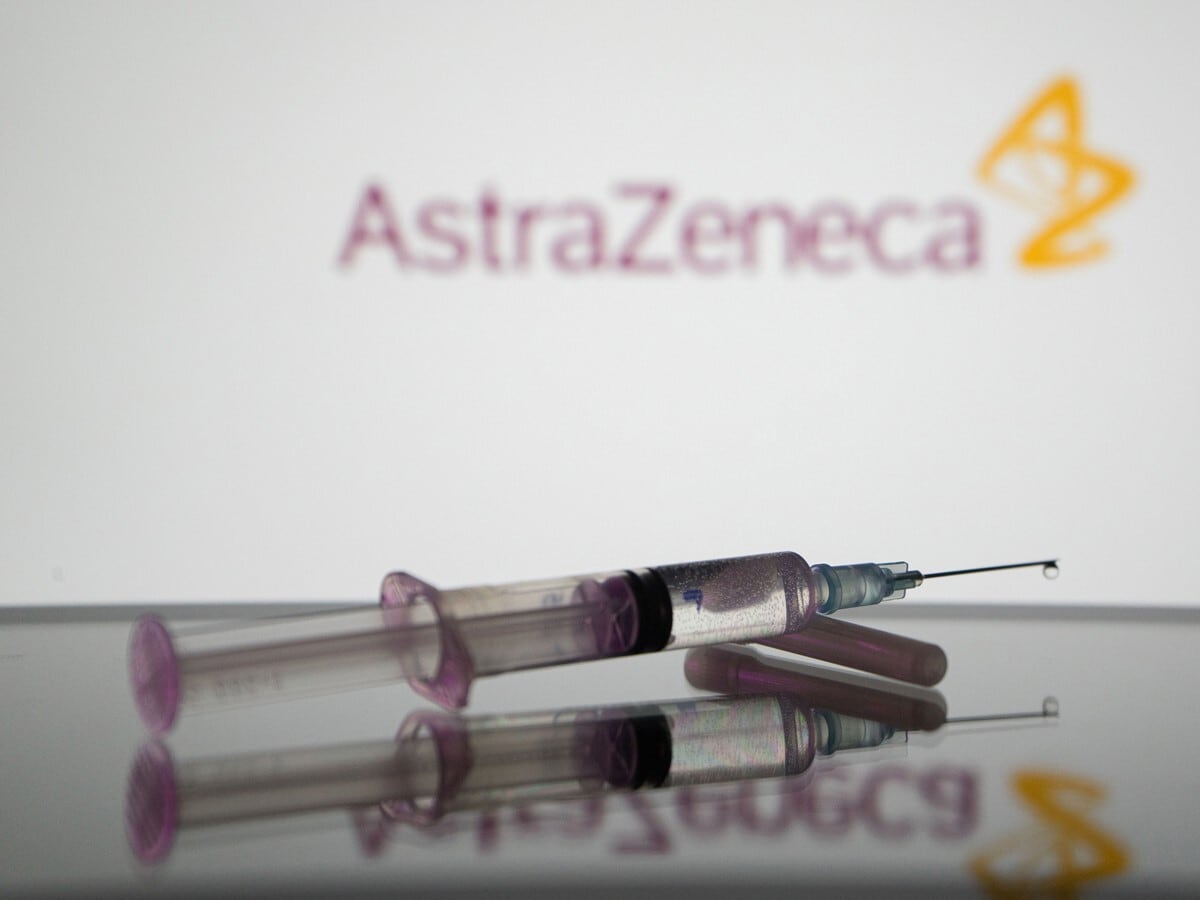Astrazeneca’s share price is up over 15% this year, but the stock has taken a dip since reaching a 52-week high in August. The pullback comes despite a series of positive news stories following approval for a number of its therapies. Its most recent results suggest a focus on oncology research and development, and streamlining the business, is bearing fruit.
Although the Astrazeneca [AZN] share price is up over 15% so far this year, the stock has taken a dip since reaching a 52-week high in August, falling back more than 10% after closing at 9.944.00p on Friday 30 September.
The pullback in Astranzeneca’s share price has come despite the UK’s largest pharmaceutical company reporting a series of positive news stories, following patient treatment approval for a number of its therapies, while its most recent results suggest CEO Pascal Soriot’s long-term strategic focus on oncology research and development, and streamlining the business, is bearing fruit.
What’s happening with Astrazeneca stock?
AstraZeneca’s share price has recovered well from the 7 December 52-week low of 8,090.32, rising 22.91% since then to 9,944.00p. The shares rose to hit a 52-week high of 11,540.00p on 25 August, but have slipped back -13.83% since then.
Focus on oncology and drug approvals boost outlook
While oncology now accounts for more than a third of the company’s revenue, there are still plans to double the size of its oncology treatment portfolio by 2030. With the company predicting that 22% of all prescription drugs sold will be cancer treatments by 2026, Astrazeneca has made a clear move to focus on this area, with oncology now taking up “the lion’s share” of its R&D budget, according to Evaluate Pharma, Investors Chronicle reports.
Astrazeneca is already making significant progress in this area. For example, its breast cancer drug, Enhertu, has been approved by both US and EU regulators in recent months, while trial results have shown it may also be effective in a certain type of small-cell lung cancer. In September, Astrazeneca announced that its drug Imfinizi showed “clinically meaningful” results in patients with advanced biliary tract cancer.
AstraZeneca’s share price closed 0.63% higher on 25 August after three of its drugs – Ultomiris, Tagrisso and Lynparza – were approved in Japan. Tagrisso is used in the treatment of early lung cancer, and Lynparza for early breast cancer.
Four of AstraZeneca’s 13 ‘blockbuster’ drugs (those surpassing $1bn in sales each year) are in its oncology portfolio, and include the blood cancer drug Calquence, which, reports Investors Chronicle, “has continued to enjoy particularly rapid sales growth in the first half of 2022”.
The pharma giant continues to make solid progress and see success in a number of its clinical trials around the world, feeding into its strong pipeline of successful drugs. All of this could bode well for Astrazeneca’s stock price and earnings potential.
First-half revenue jumps amid streamlining programme
The company’s strong Q2 results included a revenue increase of 60% year-on-year to $11.39bn, surpassing consensus estimates and helping Astrazeneca report an impressive half-year update on 29 July, as revenue jumped 48% to £21.61bn, while revenue from the oncology area jumped 22%.
In 2021, the $39bn takeover of US firm Alexion added $3bn, while sales of the Covid-19 vaccine added close to $4bn. Despite the focus on oncology, Astrazeneca’s sizable portfolio of blockbuster drugs and consistent pipeline of new medicines add significant diversity to its product range, helping to mitigate risks.
Soriot has also unveiled a $2bn restructuring programme, with the aim of integrating and streamlining the expanded business, and adding $1.2bn to pre-tax profits each year by 2025.
Total revenue is estimated to reach $44.3bn in 2022 and $46.9bn in 2023, based on consensus figures from FactSet.
What’s next for Astrazeneca stock?
Analysts covering Astrazeneca continue to take a bullish view on the stock. The 28 analysts offering 12-month price targets on AstraZeneca for the Financial Times have a median target of 11,798.11p, suggesting a potential upside of 18.65% from the Friday 30 September close of 9,944.00p. Among analysts’ recommendations, eight rated Astrazeneca stock a ‘buy’, 16 have an ‘outperform’ rating, along with seven ‘hold’ and one ‘underperform’, for a consensus rating of ‘outperform’.
Disclaimer Past performance is not a reliable indicator of future results.
CMC Markets is an execution-only service provider. The material (whether or not it states any opinions) is for general information purposes only, and does not take into account your personal circumstances or objectives. Nothing in this material is (or should be considered to be) financial, investment or other advice on which reliance should be placed. No opinion given in the material constitutes a recommendation by CMC Markets or the author that any particular investment, security, transaction or investment strategy is suitable for any specific person.
The material has not been prepared in accordance with legal requirements designed to promote the independence of investment research. Although we are not specifically prevented from dealing before providing this material, we do not seek to take advantage of the material prior to its dissemination.
CMC Markets does not endorse or offer opinion on the trading strategies used by the author. Their trading strategies do not guarantee any return and CMC Markets shall not be held responsible for any loss that you may incur, either directly or indirectly, arising from any investment based on any information contained herein.
*Tax treatment depends on individual circumstances and can change or may differ in a jurisdiction other than the UK.
Continue reading for FREE
- Includes free newsletter updates, unsubscribe anytime. Privacy policy





